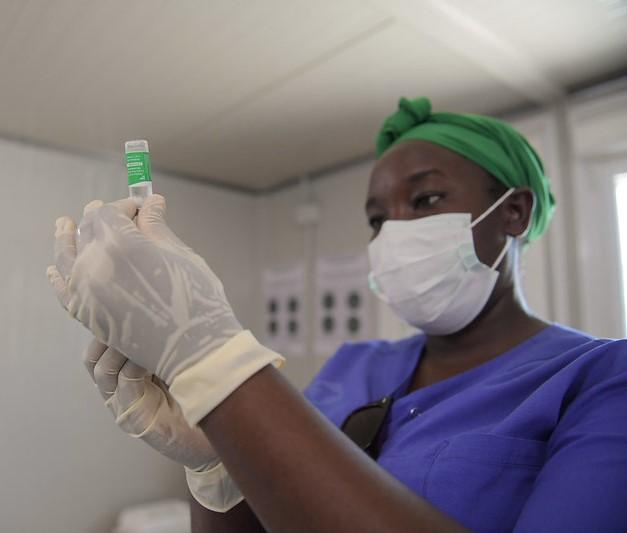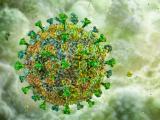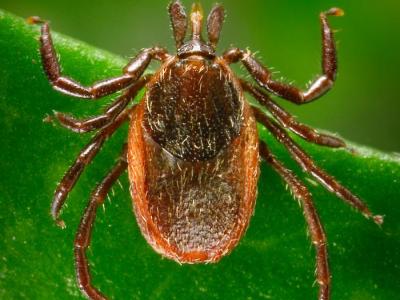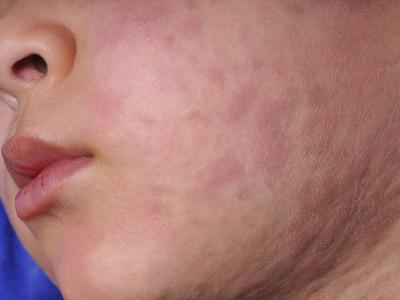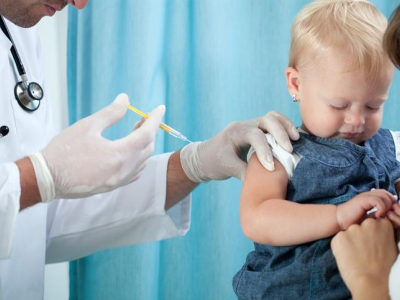The Access to Medicine Foundation's 2022 snapshot of 20 large pharmaceutical companies' progress in increasing access to drugs in the world's poorest countries reveals encouraging investments—as well as persistent COVID-19 vaccine inequity and a nearly vacant pipeline for products to treat or prevent emerging pathogens that have pandemic potential.
Released today, the Access to Medicine Index is an indicator of how the companies are expanding access to drugs to treat 82 diseases in 106 low- and middle-income countries (LMICs). Based in the Netherlands, the nonprofit Access to Medicine Foundation works to achieve more equitable access to medicines where they are most needed.
Poorest countries least likely to benefit
Published every 2 years, the index shows that the 20 companies now have a plan to improve access to 77% of drugs in late-stage research and development (R&D), up from 40% in 2021. Of all existing medicines evaluated, the firms have strategies in place to expand access for 83%, rising from 58% in the previous index.
"For the first time, all 20 companies in scope report an access-to-medicine strategy, with 19 integrating this into their overall corporate strategy," the report stated. Six of the companies, including Astellas, Boehringer Ingelheim, Johnson & Johnson (J&J), Merck, Novartis, and Takeda, have developed access plans for all their late-stage projects—the first time this milestone has been reached.
"While this progress is encouraging, only 15% of access plans across the companies in scope include one of the 27 low-income countries, with the 26 upper-middle income countries far more likely to be considered in companies' access plans for an R&D project," the report said.
Six companies—including AstraZeneca, Eli Lilly, and Novartis—have also signed nonexclusive voluntary license (NEVL) agreements to make patented drugs available for generic manufacturing, enabling regional availability, supply, and affordability of novel medicines to LMICs—a move that is especially important when firms don't plan to launch their own branded drugs there.
Novartis's license is the first for a product to treat a noninfectious disease (leukemia) with the United Nations–backed Medicines Patent Pool, according to the report: "Going forward, more companies need to engage in NEVLs, covering a wider range of diseases and countries, earlier in products' lifecycles, and with access-oriented clauses."
David Margraf, PharmD, PhD, pharmaceutical research scientist at the Resilient Drug Supply Project (RDSP), part of the University of Minnesota's Center for Infectious Disease Research and Policy (CIDRAP), publisher of CIDRAP News, said it's crucial for LMICs to benefit from advancements in pharmaceutical products and their distribution.
"For example, increased access to antibiotics can help slow the spread of antimicrobial resistance," he said. "When there is a drug shortage, patients may be given a less effective treatment that can suppress or kill only a portion of the pathogens. The surviving organisms can then acquire drug-resistance genes. As these organisms survive, superbugs may emerge and rapidly spread across the globe that are entirely resistant to common pharmacological treatment."
Alternative treatments also often cause more adverse reactions with which prescribers are less familiar, Margraf added.
Access to Medicines published a report in June spotlighting the problem of a lack of access in LMICs to important lifesaving antibiotics.
R&D pipeline for key infectious diseases 'mainly empty'
The quantity and quality of companies' R&D capacity-building projects in LMICs have risen somewhat since the previous index, with some evidence of improvement in product delivery processes. Overall, though, the R&D pipeline has stagnated over the past 2 years, with a total of 1,073 products, up from 1,060, but most are for noncommunicable diseases, with nearly half for cancer.
There has, however, been some emerging infectious disease (EID) activity, with the recent approval of J&J's Ebola vaccine and Bayer's plans to register its product to control adult mosquitos that can carry the chikungunya and Zika viruses in endemic countries.
EID investment has continued for malaria, HIV/AIDS, tuberculosis, and coronaviruses such as SARS-CoV-2, which causes COVID-19. The approval and registration of four vaccines and 10 treatments for the latter and 17 companies working on more speak to companies' ability to rapidly develop and deploy drugs in a crisis, the report said. Yet global inequity in COVID-19 vaccine distribution persists, the report found.
But there has been no R&D of products for the Nipah or Marburg viruses among the 20 firms, and some companies have dropped projects targeting neglected tropical diseases. Then there is the persistent inertia in the R&D of EID vaccines and treatments dating back to before the emergence of COVID-19, when coronaviruses had already been identified as pandemic threats. The resultant void threatens to leave the world vulnerable to future pandemics, according to the report.
"The pipeline for R&D projects covering EIDs (excluding COVID-19 and other coronaviral diseases) has remained mainly empty," it said. "Only five of the 20 companies in scope…are active in this area, and they target a small number of EIDs that are seen as being able to trigger the next pandemic or serious epidemic."
As the risk of EIDs increases around the world through climate change, urbanization, globalization, and migration, more companies will need to invest in R&D to fend off these threats. "Over and above the global risk, many people living in LMICs already face the threats of EIDs—with recent outbreaks of Ebola, Marburg virus and Lassa Fever illustrating the urgent need for vaccines and treatments," the report stated.
Margraf said that equitable drug access is crucial: "If we can achieve more equitable access to drugs and infection-control measures in low- and middle-income countries, we can reduce emerging resistant pathogens globally."
